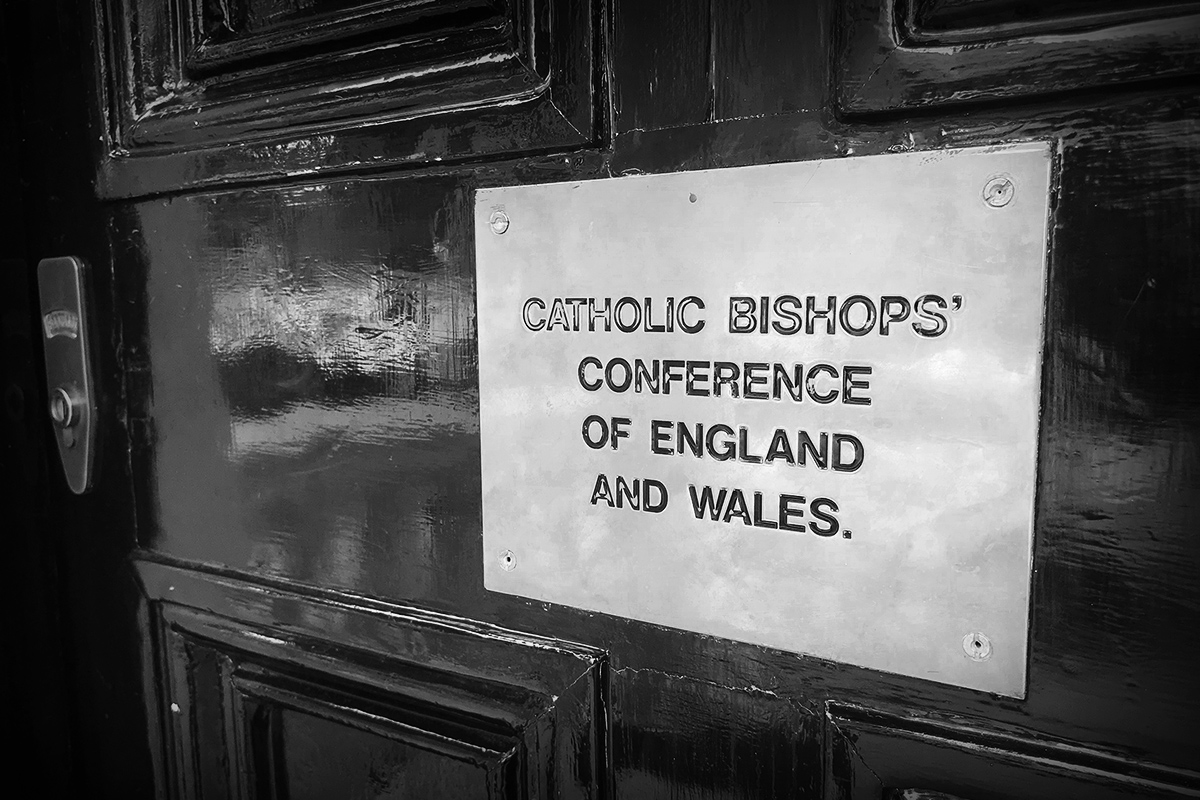
The Very Reverend Vincent Nichols, Archbishop of Westminster, today received the Pallium from Pope Benedict XVI in Rome on the feast of Saints Peter and Paul, Monday 29 June 2009.
The Archbishop of Westminster joined over 30 Archbishops from around the world in receiving the Pallium during a Mass celebrated in St. Peter’s Basilica.
The Pallium, a two inch band of white wool decorated with black crosses and worn over the shoulders during the Eucharistic celebration, is bestowed to new Archbishops. The liturgical vestment represents the fullness of episcopal office and is used by metropolitan archbishops within their provinces as a sign of their union with St Peter’s successor.
Although Archbishop Nichols received a Pallium as Archbishop of Birmingham, they do not transfer if archbishops move to another metropolitan province and so a new Pallium, tied to the new province, is conferred.
Archbishop Vincent Nichols said:
“I am honoured and moved to receive this Pallium at the hands of Pope Benedict XVI. As many will know, the Pallium is made from lamb’s wool and becomes a sign of the office of shepherd in the Church. Most importantly this office is exercised in union with the Pope, the visible centre of unity in the Church. Every time I wear the Pallium I will recall this moment and the importance of our union with the Holy Father.”
Other Archbishops to receive the Pallium today included Archbishop Tim Dolan of New York, Archbishop Giuseppe Betori of Florence, Archbishop Orani Tempesta of Rio de Janiero, Archbishop Mieczyslaw Mokrzycki of Lviv, Michael Miller of Vancouver and Braulio Rodríguez Plaza of Toledo (the Spanish primate),
1. Official photographs will be available from the Photo Service of the L’Osservatore Romano News service
2. About the Pallium
The Pallium is derived from the Roman palla, a woollen cloak, and is an ecclesiastical vestment. It was originally only for the Pope but for many centuries has now bestowed by the Pope on metropolitan archbishops and primates as symbols of the jurisdiction delegated to them by the Holy See.
The Pallium is a narrow band woven of lamb’s wool, with a loop in the centre resting on the shoulders over the chasuble and two dependent lappets. It is decorated with six black crosses and sometimes is garnished, back and front, with three jewelled gold pins.
Only the Pope and metropolitan archbishops wear the Pallium, and a metropolitan has to receive the Pallium before exercising his office in his ecclesiastical province, even if he was previously metropolitan elsewhere. No other bishops, even non-metropolitan archbishops or retired metropolitans, are allowed to wear the Pallium unless they have special permission.
The use of the Pallium among metropolitans did not become general until the ninth century, when the obligation was laid upon all Western metropolitans of forwarding a petition for the Pallium accompanied by a solemn profession of faith, all consecrations forbidden them before the reception of the Pallium.
The aim of this rule was to bring the metropolitans into more intimate connection with the Holy See.
A metropolitan archbishop may wear his Pallium as a mark of his jurisdiction not only in his own archdiocese but anywhere in his ecclesiastical province whenever he celebrates Mass.
Worn by the pope, the Pallium symbolizes the plenitudo pontificalis officii (i.e., the “plenitude of pontifical office”); worn by archbishops, it typifies their participation in the supreme pastoral power of the pope, who concedes it to them for their proper church provinces. Similarly, after his resignation, he may not use the Pallium; should he be transferred to another archdiocese, he must again petition the Holy Father for a new Pallium. The new Pallia are solemnly blessed after the Second Vespers on the feast of Saints Peter and Paul, and are then kept in a special silver-gilt casket near the tomb of St. Peter until required.